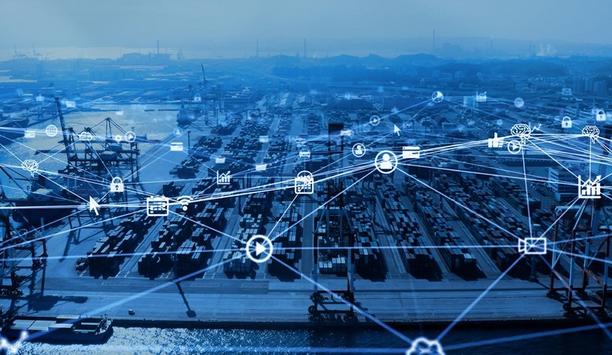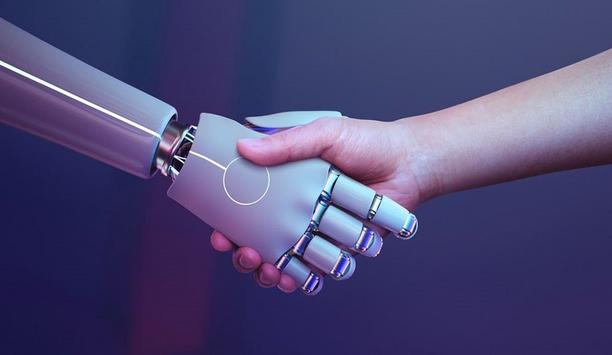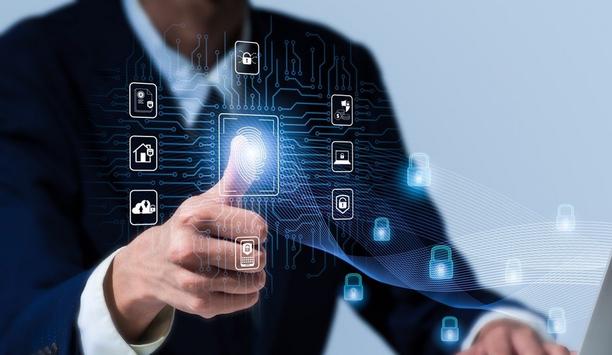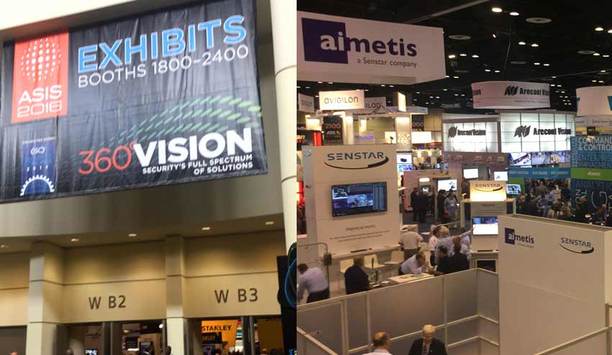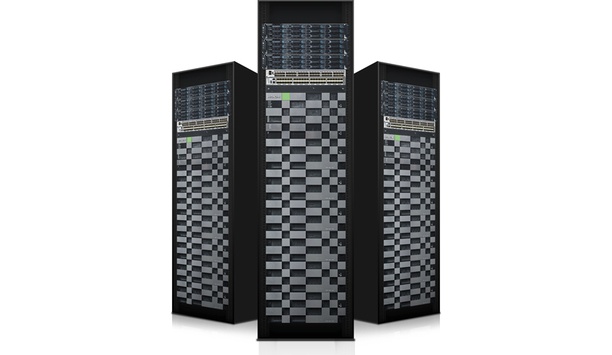The future of drones in the security and safety industry is sooner than you think. Tyco Integrated Security and Percepto offered a glimpse of that future at ASIS 2016: Autonomous drones that can patrol a perimeter 24 hours a day, seven days a week, managed remotely and able to perform multiple tasks on-site.
The technology was developed by Israeli-based Percepto, based on innovation with roots in the Israeli military. Percepto has sharpened its focus on computer vision and applied it to allow drones to fly autonomously, using global positioning systems (GPS), vision sensors and algorithms to constantly analyze what the drone “sees” through an on-board camera. The system can work with any camera that provides an adequate image for real-time vision algorithms.
Perimeter Security At ASIS
Tyco Integrated Security invited Percepto to display its technology in the large integrator’s booth at ASIS. “It was the first show where we targeted perimeter security,” says Ariel Avitan, Percepto’s Chief Commercial Officer. “Tyco took us under their wing. We had about 100 conversations at the show. After about 10 minutes everyone understands the business logic behind the solution. You have to talk to the end users to understand that your concept is validated.”
Percepto is in the contracting |
TycoIS is also working with Percepto on several pilot projects to demonstrate and fine-tune the technology. Percepto is in the contracting phase with TycoIS and also has a number of other pilot projects, including energy companies in Europe.
“Our challenge is robustness,” says Avitan. “The technology is trustworthy. We just need to make sure the system is. And the industry needs to identify applications where we can provide more value.”
Autonomous Drone Performance
Percepto’s products include a hardware base station to control the drones, and the PerceptoCore module is installed on board the drone to allow it to interface with the base station. The core is pre-loaded with multiple task applications that enable the drone to perform tasks relevant to its purpose – autonomously. The “core” can be installed on almost any size or type of drone, whatever the manufacturer. In addition, Percepto provides an interface that integrates with existing systems in the security department’s control room. Cloud management software enables remote access and management of multiple drones. The software collects, analyses and presents data, while streaming live video on an ongoing basis.
Perimeter security is just one application where drones will be deployed in the near future. Having a drone stationed on-site, charged and protected by its hub, enables fast reaction to any need in the field, day or night. Additional sensors and other equipment can be added to drones to detect gas leaks, thermal energy, or smoke, and even to provide life safety capabilities. Lighted drones with voice messaging could be used to direct employees or the public to the best exit route in case of a mass evacuation.
24/7 Perimeter Security
Using drones to patrol 24/7 addresses the needs of perimeter security. Adding more sensors and providing additional data to operators helps expand the system’s utility and increase return on investment (ROI), says Avitan. “These applications are a tremendous benefit for security,” he says. “We actually find that adding safety and inspection applications is a good way to increase security. When you have a drone that knows how to provide ROI, it saves tons of money. It’s always about security, but above that we want to add value and increase ROI.”
In addition to perimeter |
In addition to perimeter security, drones will soon be used to inspect the thousands of solar panels at solar energy sites. Drones with cameras can detect the presence of dust or other factors that lower solar-panel efficiency, or cracks or malfunction of the actual panels. Thermal imaging on board a drone can detect which panels are under-performing.
Drones could also be used to provide alerts if a transformer or cabling overheats in a power plant or critical infrastructure application.
Restrictions On Drones
The U.S. Federal Aviation Commission is evolving its position on autonomous drones. Drones are restricted from populated areas, can only fly at certain altitudes, and must be equipped with lights if flying at night. Currently, applications require that there be an unmanned autonomous vehicle (UAV) pilot on site, maintaining “line of sight” with the drone, who can take control if needed. However, the requirement for the UAV license has been lowered to allow certification with an online course. There have also been some exemptions granted for the line-of-sight requirement (e.g., railroad inspections). “We include control mechanisms now to be compliant, and when the barriers come down, we are ready for that,” says Avitan. Many global jurisdictions are following the FAA’s lead, although some countries do not regulate drone traffic.
Avitan says he expects regulators to allow drones to fly autonomously beyond line of sight in specific closed facilities in the next 12 months.
Based on the pilot projects, Percepto will fine-tune the system, streamline manufacturing and launch a fully commercialized system by Q1 2017. Avitan expects to have up to 100 units deployed in 2017, and up to 1,000 units deployed in the next 18 to 24 months.
Like I said: Sooner than you think.











